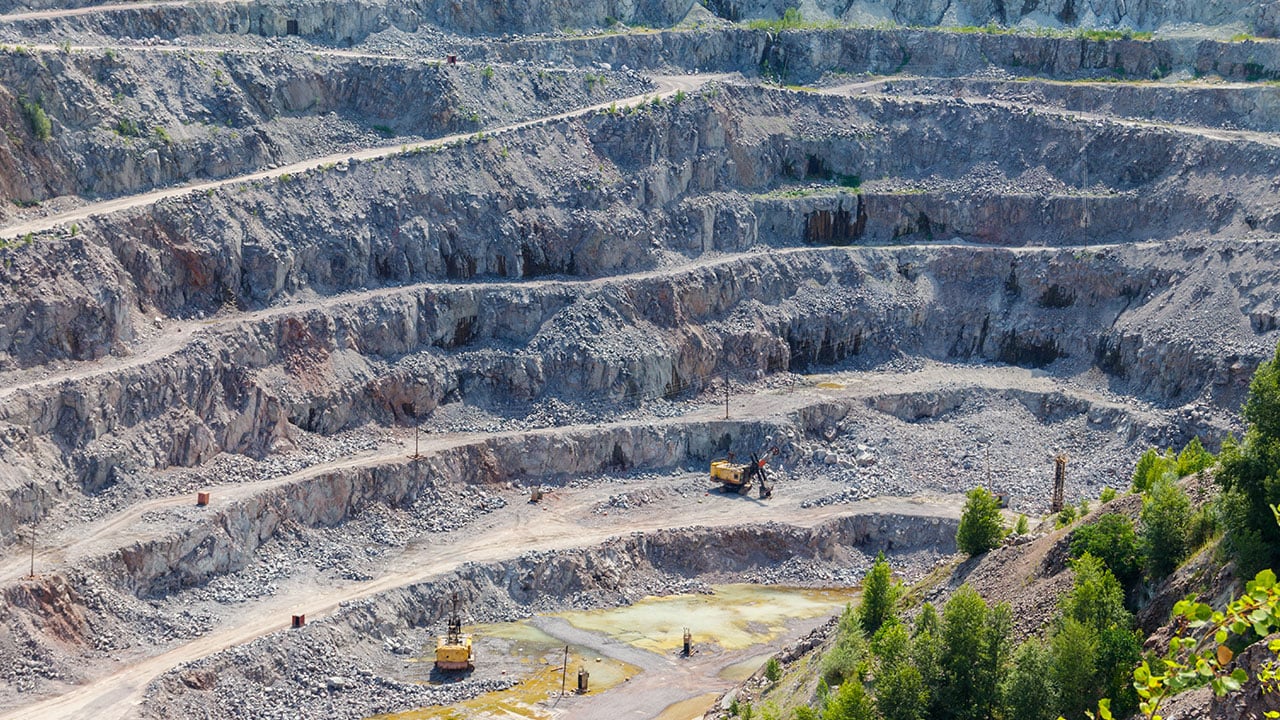
Silver is difficult in terms of supply. First off, massive reserves exist in the form of refractory silver oxides which resist processing. this can ultimately change. secondly, it is a common by product of sulphide mining which is our primary source of metal. then there are various options to displace using silver.
this has been a continous problem forever in silver. the big problem is that photgraphic silver shifted big time and it is now concentrated into printed product which is still large.
however, I will say that restoring mine supply is merely a matter of price. $25.00 is not enough, but $75 and climbing will unleash a tsnami of exploration on ample known targets in known mineral camps having significant silver. economics may still need copper and lead zinc as well ,but plus four ounzes of silver is good enough for such material.
Silver Supply Inadequate Amid Monstrous Industrial & Investment Demand
AUGUST 1, 2023
https://www.activistpost.com/2023/08/silver-supply-inadequate-amid-monstrous-industrial-investment-demand.html
The G7 leaders say they are committed to reaching so-called “net zero” emissions by 2050 after halving global emissions by 2030.
The initiative has many buzz phrases such as building a “just and inclusive” clean-energy economy. The plan vilifies fossil fuels and glorifies “green energy” with sweeping statements asking “stakeholders to improve their ESG performance.”
But most of us are confused by what this all means.
The transition to net zero is moving forward quickly, even though critics believe it’s draconian with respect to its scope and consequences.
Silver, along with many other metals, is a critical piece of this transition, so let’s discuss demand versus supply.
According to the World Silver Survey 2023 by the Silver Institute, the silver market has been in deficit for the past two years. The deficit in 2022 was 237.7 million ounces, and the 2023 deficit is forecast to be 142.1 million ounces.
The deficit is driven by various factors, including the growth of the solar and wind energy industries, which use silver in their components.
Next, silver is increasingly used in electronics, such as smartphones, laptops, and medical equipment (one of the fastest-growing sectors as life expectancy increases).
Lastly, on the monetary side, silver is growing in popularity as a hedge against systemic risk, inflation, and de-dollarization among nations pushing back against U.S. dollar hegemony.
Inadequate Mine Production
Silver mine production has been failing to keep pace with demand in recent years due to many factors, including:The rising energy and labor costs involved in mining silver.
The increasing environmental regulations on mining.
Mexico just banned open-pit silver mining, and Mexico has historically been the world’s #1 silver-producing country.
So, we have the 1-2-3 punch of:Rising demand (industrial and monetary use).
Restricted supply.
Increased FOMO (fear of missing out).
Silver in the Military
I referenced the World Silver Survey showing monstrous deficits in the past two years. What’s super significant is that these numbers do not capture all the hidden uses of silver that are hard to quantify under the “veil of national security.”
The U.S. military has been a massive user of silver for the past 50+ years.
Silver is used extensively in silver-zinc batteries for torpedo, missile, aerospace, and aircraft applications.
Silver is used by the defense industry for various purposes, including multiple weapon systems, bullets, shells, and missiles. It coats bullets and shells to improve their conductivity and reduce friction. It’s used to construct missiles to improve their guidance systems.
It’s also used in radar systems, night vision goggles, and communications equipment. Silver as a conductor in these devices improves their performance and reliability.
Silver-Zinc Batteries
Silver-zinc batteries use silver oxide as the positive electrode and zinc as the negative electrode. The electrolyte is a solution of potassium hydroxide.
Silver-zinc batteries have a high energy density. They can be discharged at very high rates, making them ideal for use in demanding applications such as torpedoes, missiles, aerospace vehicles, and aircraft.
HBL Batteries is an Indian manufacturer of silver-zinc batteries for defense applications.
These batteries are manufactured to meet the stringent requirements of the military and are used in various applications, including torpedoes, missiles, aircraft, and submersibles.
A few other worldwide defense industry battery manufacturers produce silver-zinc batteries, including EaglePicher Technologies, Saft Groupe, and Zenergize Technologies. These companies offer various silver-zinc batteries for different applications, but most are for warfare.
Solid-State Batteries
Toyota is developing a silver-carbon (Ag-C) composite layer in their solid-state battery. This technological breakthrough in electric car batteries may reduce cost, size, and weight by nearly 50%.
Solid-state batteries have several advantages over lithium-ion batteries. Solid-state batteries can store more energy in a smaller space, making them ideal for use in electric cars with limited space. They can be charged much faster than lithium-ion batteries.
Solid-state batteries are less prone to leakage and thermal runaway, which can cause fires and explosions. Finally, they can be charged and discharged more times than lithium-ion batteries, making them more durable and longer lasting.
Conclusion
The ambitious “net zero” agenda means that strategic metals are the new oil. Meanwhile, silver miners have been hammered by inflation, adding to all their other risks (regulatory, cost of capital, environmental, operational).
This all bodes well for physical silver prices, as needed supply becomes harder to produce.
No comments:
Post a Comment